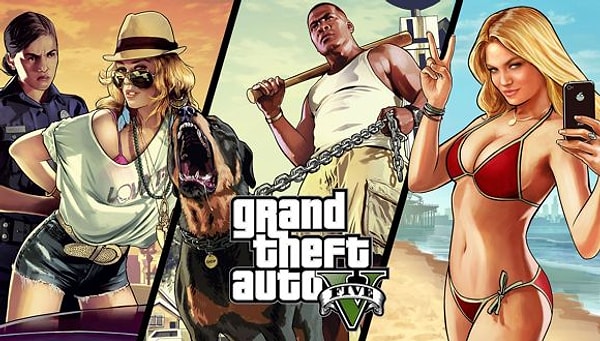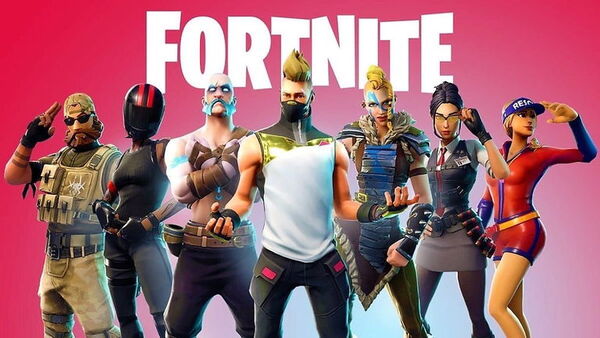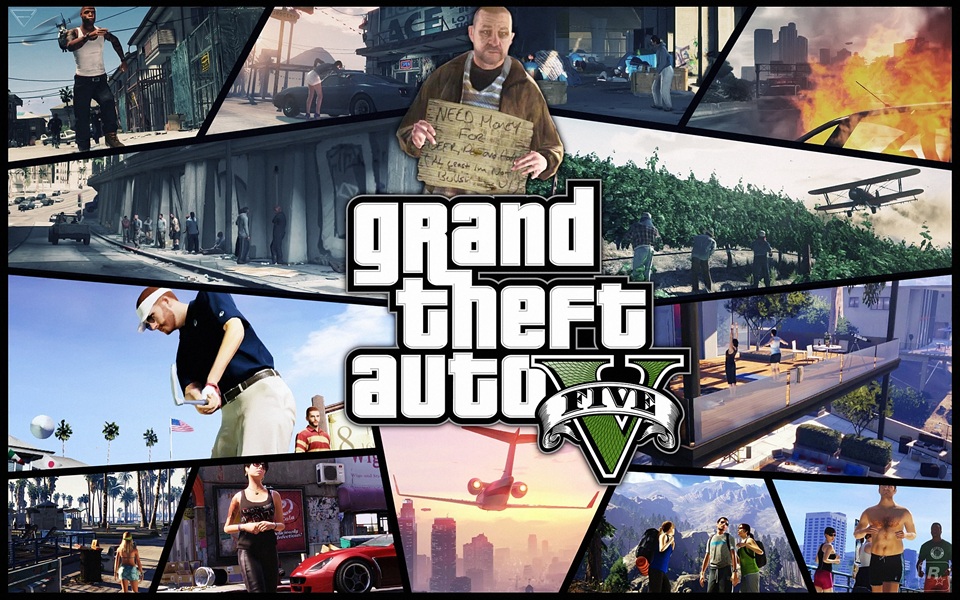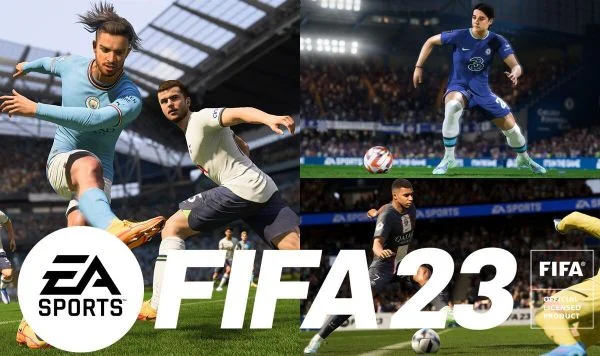With the explosion of mobile gaming, Call of Duty®: Warzone™ Mobile has emerged as a flagship experience that brings console-grade battle royale combat to our pockets. This guide dives deep into the game’s evolution, mechanics, strengths, weaknesses, and strategy, presenting a comprehensive look from the vantage of an expert player. Over the coming sections, we’ll trace Warzone Mobile’s journey from announcement to polished release, explore gameplay systems, evaluate performance, and wrap up with pros, cons, and an overall rating.
1. Announcement & Hype
The Big Reveal
When Warzone Mobile was officially announced, excitement rippled across the community. Fans had clamored for a quality mobile version of Warzone, and this announcement finally closed the gap. Marketing materials emphasized crossplay, high-fidelity audio, and fast-paced action typical of the console version.
Community Response
Social media buzz spiked. Overwatch communities and Warzone veterans began speculating about weapon balance, map size, and gameplay parity. Early beta registrations surged, signaling a strong appetite for mobile battle royale in this ecosystem.
2. Beta Testing Phase
Closed Alpha Lessons Learned
In early alpha versions, testers reported issues with UI clutter, inconsistent hit registration, and excessive performance drops. Devs responded with quick updates—streamlining HUD elements and rolling out optimization patches.
Open Beta & Global Testing
During open beta, more players joined, uncovering additional edge cases: connection instability in crowded matches, too-sensitive gyroscope aiming, and difficulties with touch controls. Feedback channels buzzed, and developers demonstrated agility, integrating community suggestions at a rapid clip.
3. Launch Day & Initial Reception
Release Window
Warzone Mobile officially launched globally on July 2, 2025. Across Android and iOS, the game went live with a 2.8 GB initial download, packed with two signature maps: Verdansk Mobile and Rebirth.
First Impressions
Critics praised the visual fidelity, audio design, and feel of movement, saying it “captures the essence of Warzone on console.” However, matchmaking wait times in less-populated regions got criticism, as servers struggled under early load.
4. Game Modes & Map Design
Battle Royale (BR) Mode
BR retains traditional Warzone features: loadouts, Buy Stations, contracts, and Gulag respawns. The mobile-friendly rendition features compressed loot spread but preserves thrill through dynamic circle timing and in-game events.
Gas and Map Rotation
The gas shifts happen slightly slower to accommodate touch controls. Later-quality-of-life updates introduced dynamic weather: sudden fog or rain can disrupt sightlines and audio, giving depth to situational awareness strategies.
Resurgence Mode
Features smaller maps but faster-paced combat. Players can respawn via sponsor system. This was warmly welcomed by mobile users who prefer more short-form, action-packed matches.
5. Core Gameplay Mechanics
Controls: Touch, Gyro, and Controller
By default, the game employs traditional touch: dual sticks, fire button, crouch, and jump. But built-in gyro aiming improves precision dramatically. Users can customize sensitivity. Support for external controllers was added in Season 1, offering an alternative for hardcore players.
Movement, Shooting, and Audio
Movement is on par with console. Auto-sprint engages after a few forward swipes, slide and vault are context-sensitive and intuitive. Audio cues—footsteps, gunfire, vehicle noise—are spatially accurate. Using headphones provides a true edge in auditory detection.
6. Economy & Monetization
Battle Pass & Seasonal Content
The game launched with a tiered Battle Pass system, offering cosmetic skins, calling cards, operator outfits, and rare weapon blueprints. Progression aligns with console, yet is paced slightly faster to suit handheld play sessions.
Store Purchases & Loot Boxes
Purchases use COD Points, offering bundles and limited-time skins (e.g., summer, cyberpunk themes). There are no loot boxes; all purchases are transparent and cosmetic-only: no Pay‑to‑Win concerns.
7. Performance & Device Compatibility
Minimum & Recommended Requirements
Minimum: iPhone XS or Samsung Galaxy S10 / Android 10, 4 GB RAM
Recommended: iPhone 13 or Galaxy S21, 6 GB RAM, and high-refresh display (90–120 Hz)
Real-World Performance
On flagship devices, the game runs at 60 fps with HDR visuals and smooth animations. Mid-range phones often default to 30 fps to maintain stability—acceptable, but more input lag and less visual fluidity.
Optimization Hits & Misses
Devs optimized battery usage and thermal throttling. But during long BR matches, some mid-range devices overheat. Patch 1.2 introduced frame-lock scaling options to keep performance consistent at the cost of top-tier graphics.
8. Community & Esports Ecosystem
Competitive Play & Tournaments
Shortly after launch, in-game tournaments kicked off, with mobile-exclusive events featuring cash prizes and branded skins. Third-party organizers began staging weekly scrims similar to console esports.
Clan System & Social Features
Clans now support up to 50 members, with integrated chat, ranking boards, weekly challenges, and XP bonuses. Friends can create squads easily, join matches together, and spectate from party lobbies.


































